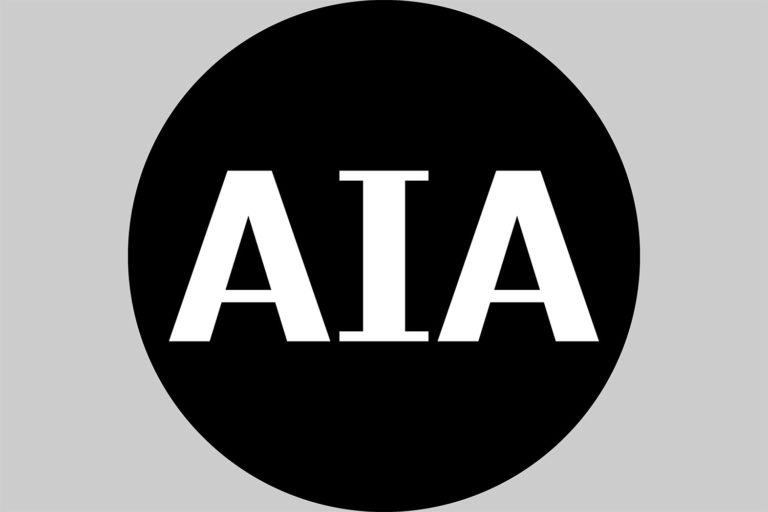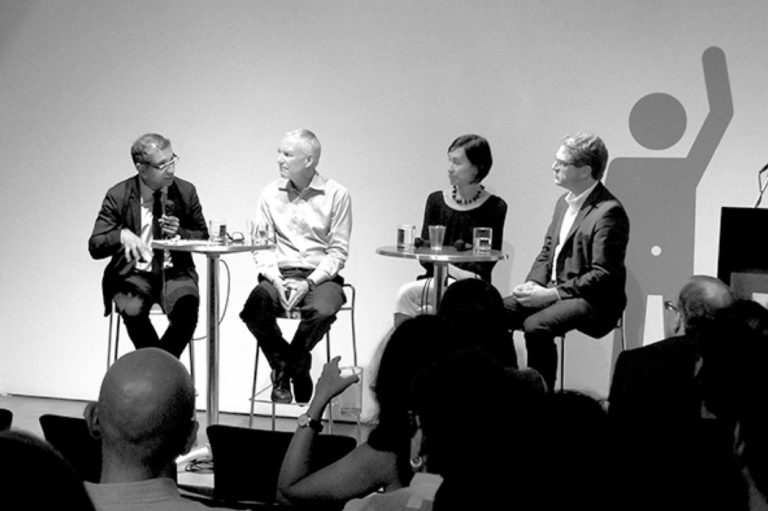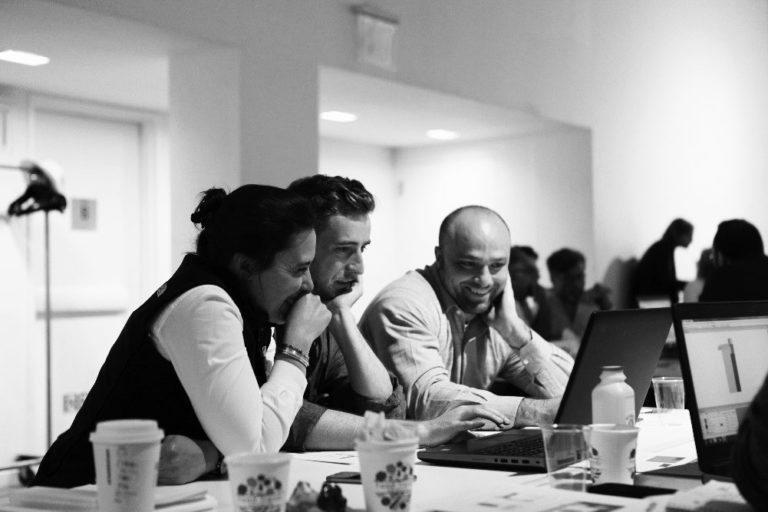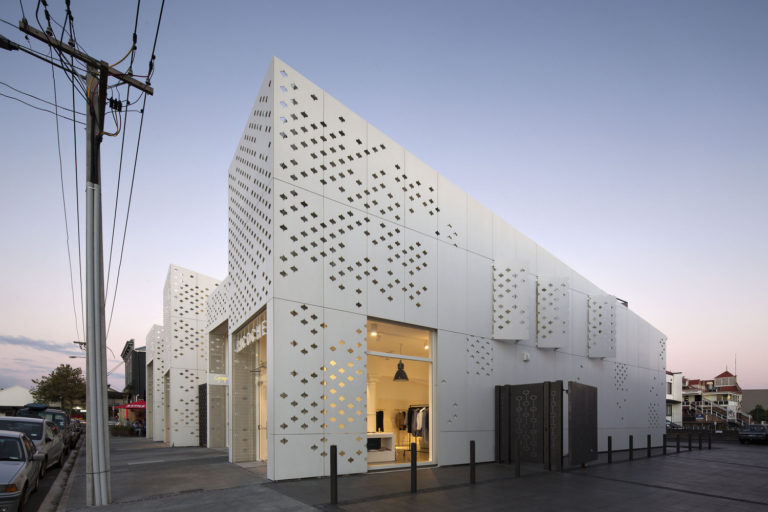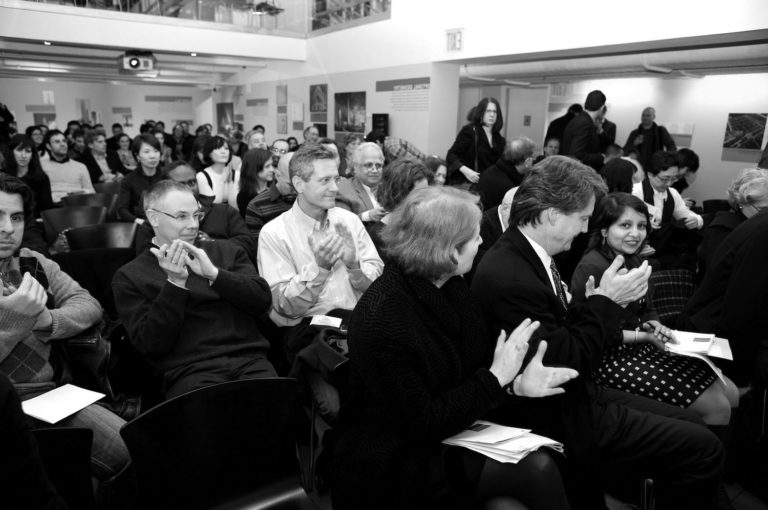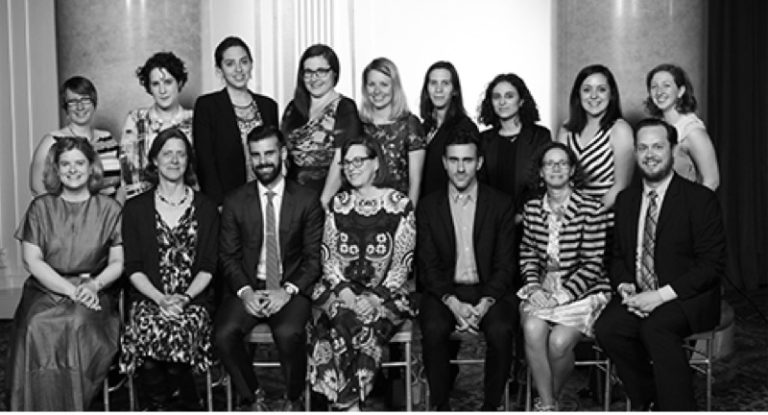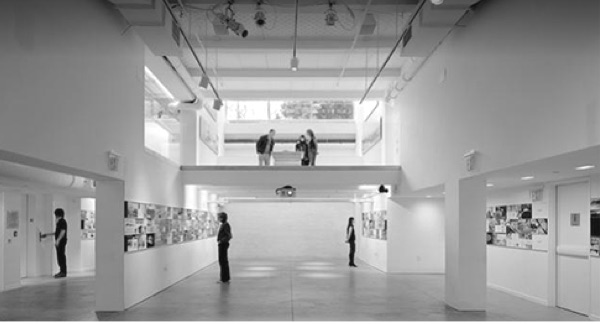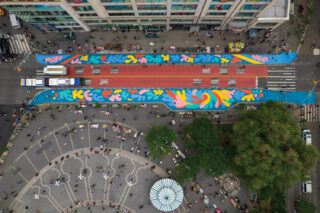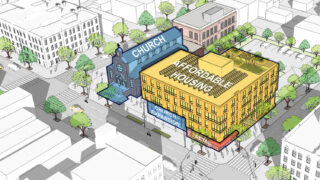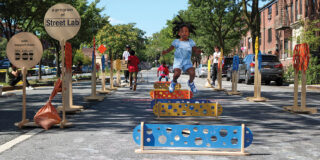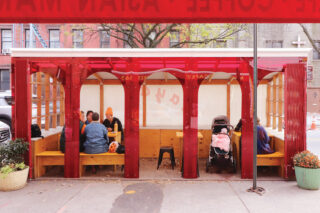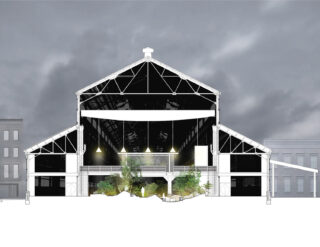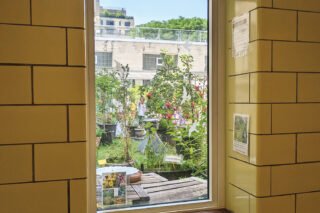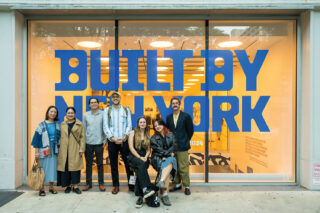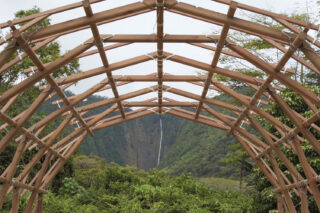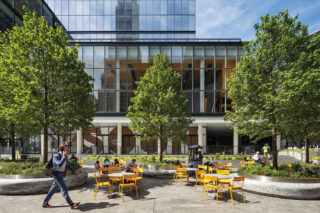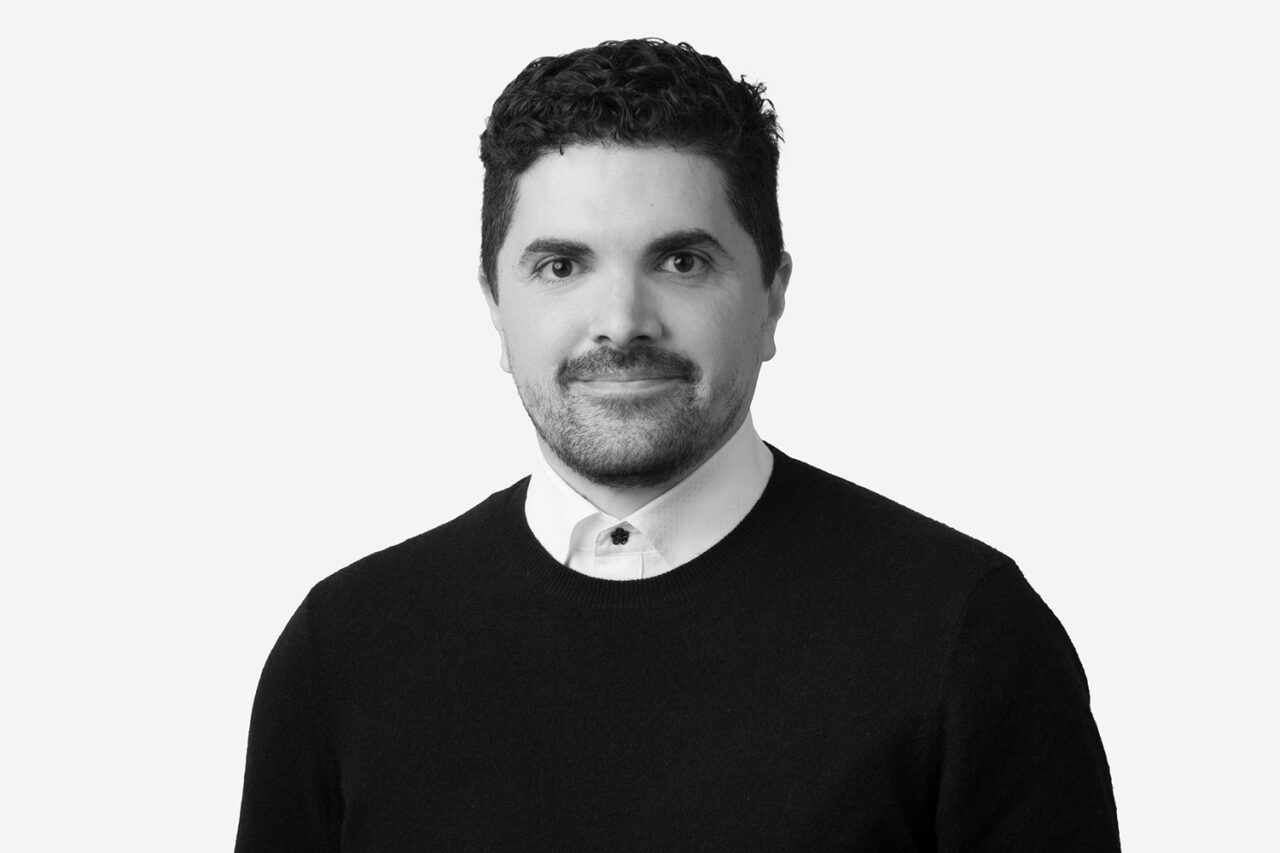
Visualize walking through a neighborhood park where children laugh as they play on swings, adults jog along wooded paths, and families gather for picnics under the shade of oak trees. Now, picture another park where the green is sparse, the equipment is outdated and beyond re- pair, and heat radiates from the pavement with no shade in sight. These contrasting images are all too common in the five boroughs of New York City. Access to usable, high-quality, open space that fosters community, provides shade, and invites activity is a privilege often reserved for a few centralized neighborhoods. This disparity is not just an inconvenience—it affects how we live, breathe, and experience the city. The inequity to open space shapes the way I approach design as a landscape architect at Marvel. We push our design practice to create flourishing public spaces that function as equitable resources for entire communities.
New York City is a vibrant metropolis, but lack of access to quality open spaces remains a key differential in quality of life. For a city to be truly livable, it must provide all residents—regardless of income, race, or location—with access to parks, clean air, respite from the heat, and streets safe from the dangers of vehicles. Clean, inviting open space should not be a luxury, yet, in New York City, there is a noticeable divide. Parks are not just aesthetic elements—they are vital public amenities that impact physical and mental health, provide cooling effects in the summer, and offer a sense of community. The absence of well-maintained parks in underserved areas contributes to inequities in health outcomes, exacerbates the urban heat island effect, and limits opportunities for social interaction.
The urban heat island effect—where dense urban areas trap heat, leading to significantly higher temperatures—is severe in low-income neighbor- hoods. According to the New York City’s Environment and Health Data Portal, the Heat Vulnerability Index of neighborhoods like the Concourse and Mott Haven in the Bronx, and East Harlem in Manhattan, is 5 out of 5—the highest value for neighbor- hoods. This means their residents are at greater risk of death during periods of extreme heat. For the most part, these communities also lack tree cover and access to waterfronts: two critical components in cooling urban environments. Vegetation and presence of water sources have proven to impart cooling effects, but these elements tend to be poorly distributed.
When Marvel began designing Bronx Point, a community-driven park and waterfront esplanade along the Harlem River, the client and design team’s goal was to create a usable, accessible waterfront that serves as a model for how thoughtful design can address the needs of the community. Throughout the design process, the project prioritized both ecological and community health, showcasing how landscape architects can create a more equitable urban realm through meaningful community involvement. Our community engagement process involved hosting more than 20 meetings and workshops, at which local voices shaped the features and programming of the space.
The resulting design transformed a fenced-off, empty, and asphalted lot—a site that used to be part of the Bronx Terminal Market—into a new, green, lush waterfront community amenity, expanding Mill Pond Park south. Bronx Point is an example of how integrating critical natural elements into urban spaces can create “cool islands” that not only provide shade and lower temperatures, but also improve air quality and offer refuge from the oppressive heat.

As landscape architects, we have a responsibility to mitigate adverse effects and ensure that cities offer adequate and equitable open spaces. Our role is not only about designing aesthetically pleasing environments, but also about devising dedicated spaces that improve public health, foster community, and address environmental challenges. In the face of climate change, urban spaces must be resilient, adaptive, and inclusive. Designing for resiliency must address coastal and storm flood mitigation, habitat restoration, and the viability of public spaces to serve multiple functions—as recreational areas for community activities, and as ecological assets that improve the health and livability of the city and its people.
Bronx Point’s addition of 4.6 acres of parkland affirm how landscape architecture can address issues head-on, reconnecting the surrounding Bronx communities and communities across the river in Harlem to their waterfront. More than just a park, it is a public resource designed with direct input from the residents. The park serves multiple functions. It offers active spaces for recreation—including a nature-themed playground, a barbecue area for families to gather, and places for jogging and exercise—alongside quieter, educational spaces like the “river get-down,” where children and families can learn about the river’s ecology. Ecological restoration is central to the design, with an upcoming Billion Oyster Project reef and the reintroduction of a native tidal marsh that helps stabilize the shoreline and provide a habitat for wildlife. Importantly, Bronx Point is also an affordable housing development, integrating open space with the need for dignified community living. This combination of affordability, accessibility, and ecological enhancement makes it a model for future developments on New York City’s waterfronts and beyond.
Designing livable cities requires more than creating beautiful landscapes—it means ensuring that all residents have access to spaces that enhance quality of life. Bronx Point is just one example of how community-driven design can make a difference. But to make New York truly livable, we need all parts of the city to invest in places like Bronx Point—parks that are accessible, resilient, and equitable. Architects, urban designers, and landscape architects must continue to advocate for and create spaces that bring people together, foster belonging, and provide a respite from urban life. Our city can and should be a place where everyone, regardless of zip code, has access to clean air, cool parks, and the opportunity to connect with nature. The future of our city depends on it.
Yadiel Rivera-Díaz, ASLA, PLA, leads Marvel’s landscape architecture practice, with more than 16 years of experience in landscape architecture, architecture, and urban design. A registered landscape architect, he specializes in the design of public spaces, with a focus on inclusive design and community engagement.
